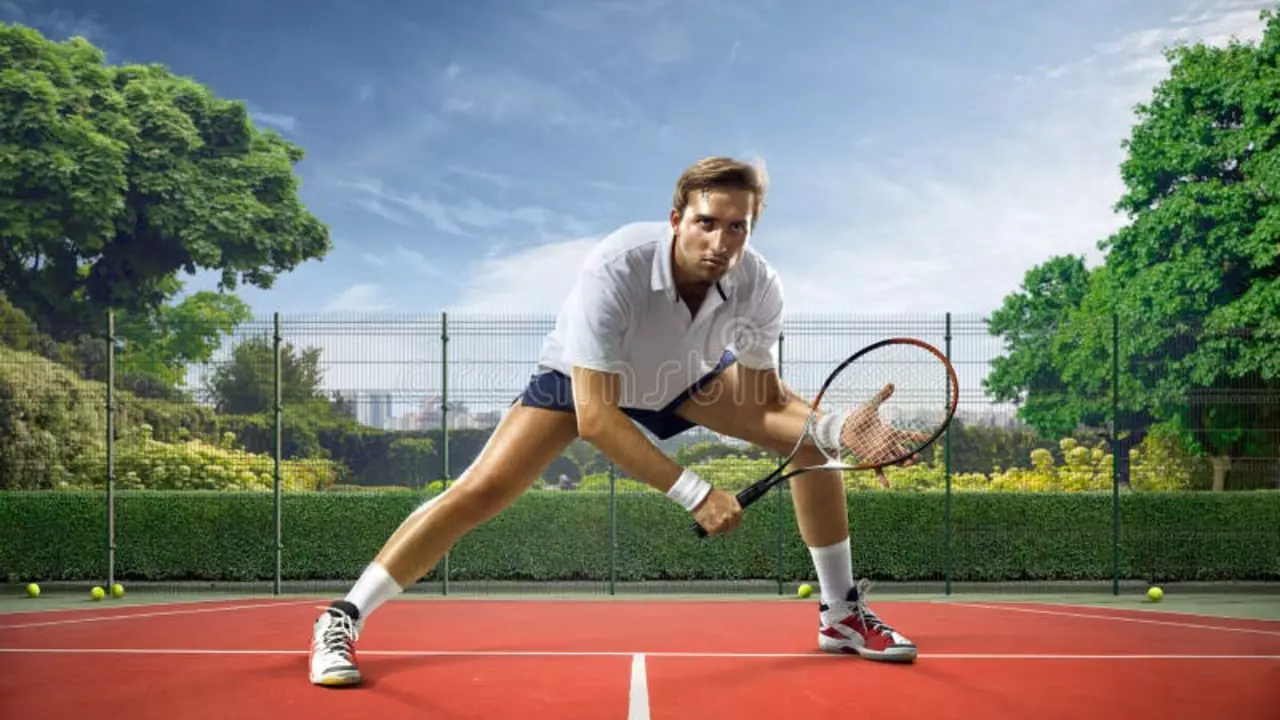How do tennis players pack so much strength into their serves?

- Jul, 31 2023
- Caden Fitzroy
- 0 Comments
The Physics Behind the Power
I'm pretty sure it's not every day you look at Roger Federer's serve and wonder, "What is the underlying principle of physics here?" Yeah, me neither. But there is indeed physics behind those powerful serves that often seem impossible. Tennis players like Federer, Williams, or Djokovic, just to name a few, have something that outweighs sheer brute force: skill. And in the world of physics, this is equivalent to the equation F = ma. The net force (F) equals mass (m) times acceleration (a). Skilful tennis professionals not only smack the ball with a rakish speed but they manage to top it up with spin, direction, and more often than not, a hefty amount of strategy. When you see that killer serve, it's not just the power behind it that counts but also the technique harnessing it.
Tap into the Technique
It's time to delve into the technique behind these powerful serves. Despite the differences in every player's skill set, there is a common series of movements that each professional follows to deliver a serve that really packs a punch. This begins from the moment the player tosses the ball in the air and involves synchronising the entire body in a coil-uncoil pattern. So, while serving doesn’t only rely on arm strength, other parts of the body play crucial roles too. This includes the legs for generating force, the hips and torso for rotation, and the shoulder and arm for ultimate propulsion. All these fluid movements combined, provide that additional oomph to the serve. I’m not suggesting you try this at home (but if you do, please warm up first, and maybe have a first aid kit nearby).
Understanding the Mechanical Advantage
Does the term "mechanical advantage" sound too complicated? Don't worry, we are not building a rocket here. It just means that tennis players use the superiority of their rackets and body movements to send the ball to the other side of the court at high speed. This starts with a grip that is neither too tight nor too loose, then moves on to the footwork and ends with the whip-like action when the player hits the ball. The racket is much more than a hitting apparatus. It's like an extension of a player's arm, providing a longer reach and hence a larger swing. This is the crux of the mechanical advantage. In simpler terms, a longer swing means more time to apply force, which directly translates to a stronger impact on the ball. Shopping for a longer racket anyone?
The Art of Spin and Angle
At heart, I’m an artist you see, hence, I am all about finesse and execution. A serve is not all about force. There is a certain finesse to the strokes, a skill to place the ball exactly where they want it to land. This element of control, more than brute force, is what makes a serve challenging to return. Players use different types of spins - top-spin, slice and flat, to disorient their opponents and keep them guessing. Each of these requires a unique grip, swing, and contact point making a high quality serve an artwork in itself. To top it all off, the angle of the serve can drastically alter its trajectory, making it either a fast flat serve or a tricky slice serve. I guess mastering the art of serving is a bit like learning how to draw a perfect circle freehand. It can be done, but it takes a lot of practice and understanding.
Be Mindful about the Mind Game
Even with all of these physical elements in play, one cannot overlook the significant role psychology has in tennis. Imagine you are confronting Nadal in a Grand Slam final. The score is at a tie-breaker. It's your serve. The noise of the crowd, the pressure of the moment, Nadal’s piercing gaze - all while considering the serve direction, speed, and spin. Overwhelmed yet? This is where mental fortitude comes in. Staying focused, calm and executing the required technique perfectly under such immense pressure is what separates the amateurs from the pros. So next time, don’t be too hard on yourself when that serve doesn’t go just right, remember, it’s not rocket science, it’s tougher!
Packing it all Together
So, next time you're getting ready to hurl that bright fluorescent yellow ball over the net, remember my words. You're not just trying to hit a small ball with a racket. You're a physicist trying to balance force and mass with acceleration. You're an artist painting the court with your serves. You are a mechanical engineer working with your body and your racket to gain an advantage over the opponent. Lastly, remember you are also a mental gymnast, keeping your focus amidst all outside pressures. All these multi-faceted aspects make that package of might, technique and skill that we see in professional tennis players' serves. If you ask me, I reckon that's more impressive than winning the game itself. Cheers to all of us weekend warriors trying to perfect our serves, if at first you don’t succeed, serve, serve again!
Write a comment